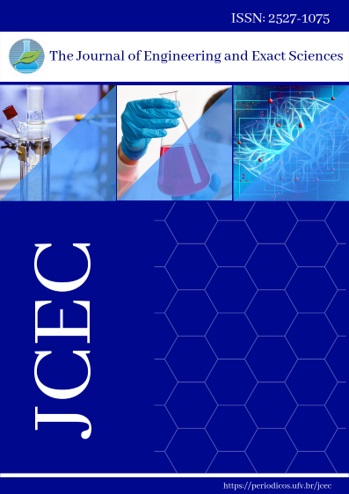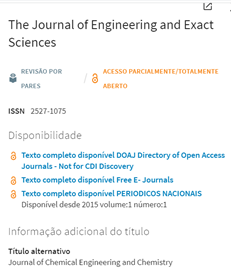Effect of chitosan–tungsten composite coating obtained by electrophoretic deposition on the corrosion resistance of Ni–Ti alloy in physiological medium
DOI:
https://doi.org/10.18540/jcecvl9iss6pp16237-01ePalabras clave:
Nitinol, Biomaterial, Composite CoatingResumen
Ni–Ti shape memory alloys (Nitinol) are suitable for biomedical applications such as orthodontic, orthopedic, and cardiovascular implants. However, to avoid local inflammatory processes, efforts are being made to functionalize the surface of the Ni–Ti alloy with bioactive materials. Chitosan-based composite coatings can be applied to improve the properties of Ni–Ti alloys due to their excellent properties, such as low toxicity, biocompatibility, biodegradability, and good film-forming ability. In this work, the chitosan–tungsten composite (Chit–W) was evaluated as a protective coating for Ni–Ti alloy in a physiological medium (Ringer's solution). The results of surface morphology and chemical composition (SEM and EDX) confirmed the formation of the composite coating formed by a chitosan matrix impregnated with tungsten oxide nanoparticles. Corrosion resistance results proved the efficiency of the composite coating, acting as a protective barrier between the surface of the substrate (Ni–Ti) and the corrosive environment. Therefore, the results point to a possible system candidate (Ni–Ti alloy coated with Chit–W composite) suitable for applications in orthopedic implants.
Descargas
Descargas
Publicado
Cómo citar
Número
Sección
Licencia
Derechos de autor 2023 The Journal of Engineering and Exact Sciences

Esta obra está bajo una licencia internacional Creative Commons Atribución 4.0.













